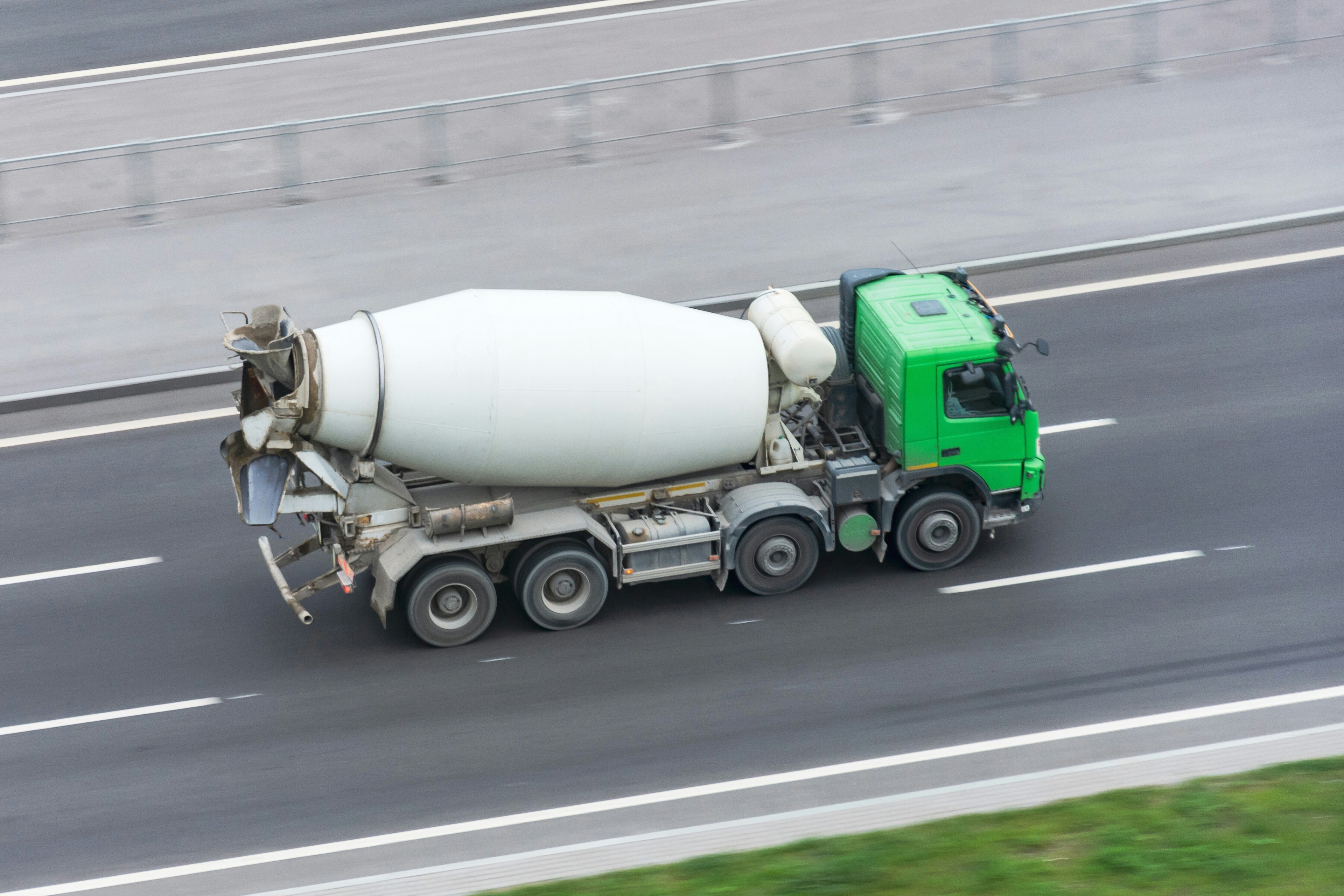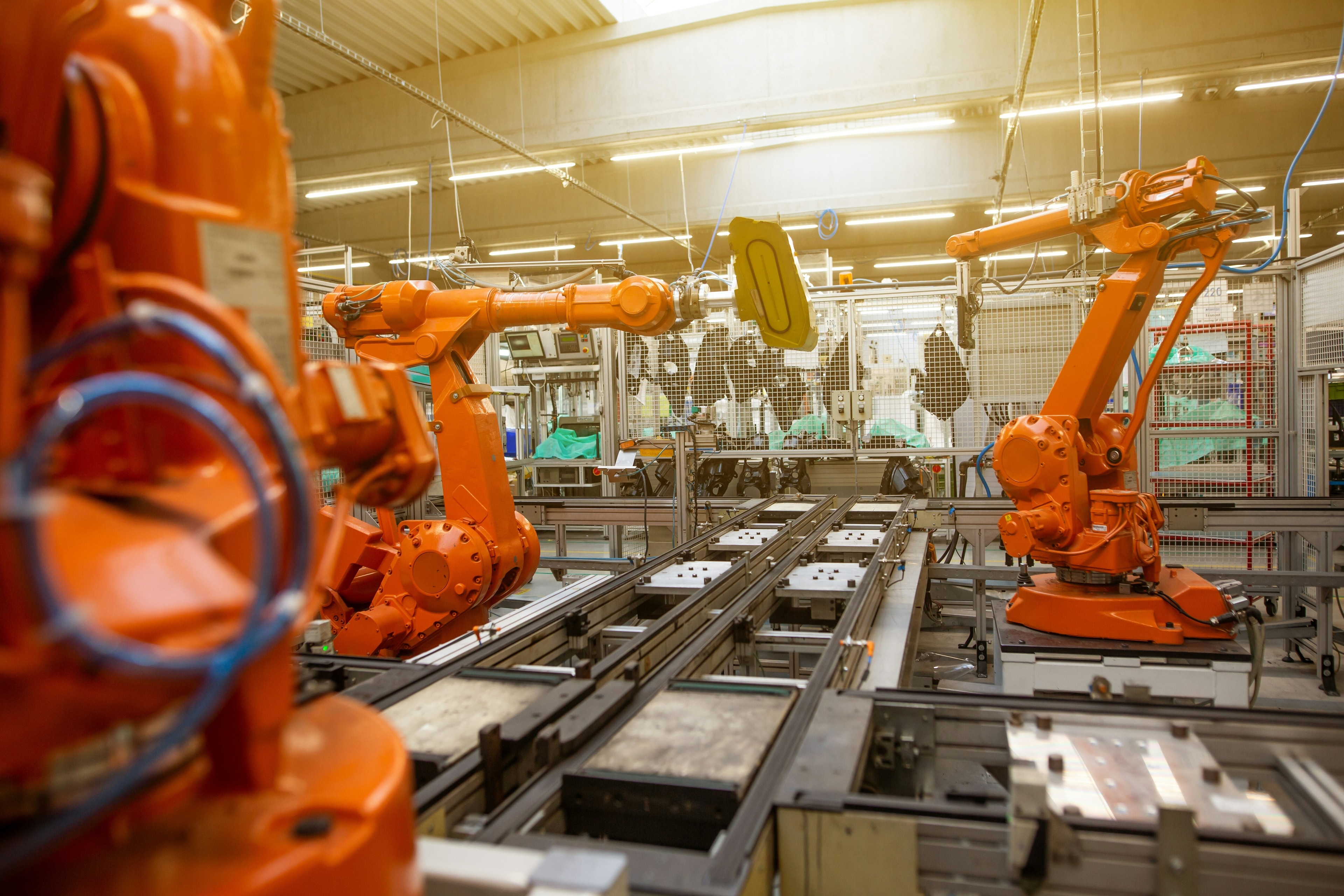This is how 'grease-proof' chemicals are harming ecosystems

These entirely synthetic chemicals have been used in a wide range of products since the 1940s.
Image: Unsplash/ Shortgirl Shortbread
Stay up to date:
Agriculture, Food and Beverage
- Chemicals used for grease-proof paper and similar products have been around since the 1940s.
- However, the materials are entirely synthetic and substances accumulated in the environment do not break down on their own.
- Exposure to high levels of some of these chemicals can cause reproductive and developmental, liver and kidney effects in animals.
Chemicals that “grease proof” everything from food packaging to carpets have built up in the environment for decades and contaminate ecosystems across the globe.
A new study says we need a better understanding of the risks that these chemicals pose.
The study, published in the journal Trends in Food Science & Technology, collects the proceedings of a symposium and issues a call to action on the need for new and better ways to detect and mitigate this class of chemical compounds, collectively known as per- and polyfluoroalkyl substances (PFAS).
Evidence indicates exposure to high levels can lead to adverse health effects for humans and other species, and the study stresses the need for new ways to measure and study exposures to these synthetic chemicals from various sources including food.
PFAS accumulate in the environment and do not break down on their own. For instance, the compounds can contaminate waterways after leaching from products discarded in landfills, says Keith Vorst, director of the Polymer and Food Protection Consortium and an associate professor of food science and human nutrition at Iowa State University.
These entirely synthetic chemicals have been used in a wide range of products since the 1940s, and some states have enacted legislation to restrict their use. But their ability to persist in the environment means the compounds that already exist can continue to contaminate the environment.
“They’re out there, we need to be aware of them, and it’s really hard to eliminate them,” Vorst says. “We need to work on mitigation strategies, and we need to be monitoring them and better understand the risks they pose.”
What is the World Economic Forum doing to help ensure global food security?
Burger wrappers
PFAS often have been used to coat food packaging as a barrier to keep grease from escaping. Vorst says paper wrappers on hamburgers are often coated in these compounds to prevent grease from leaking onto people’s hands. The compounds have also been used widely to coat carpets, in car interiors, and in fire-fighting foams.
Some PFAS are no longer produced in the United States, but Vorst says more than 5,000 separate compounds qualify under this category, making it difficult for regulations to keep up with newly developed chemicals.
Studies have indicated that exposure to high levels of some of these chemicals can cause reproductive and developmental, liver and kidney, and immunological effects in laboratory animals, according to the Environmental Protection Agency. The EPA reports the most consistent findings are increased cholesterol levels among exposed populations, and studies have found limited evidence for links between high levels of certain PFAS and low infant birth weights, effects on the immune system, cancer, and thyroid hormone disruption.
Monitoring and mitigating PFAS
The new paper emerged out of a virtual symposium in June of 2020 that the Institute for the Advancement of Food and Nutrition Sciences organized. The symposium featured scientists, engineers, and regulatory professionals from public, private, and academic institutions. The symposium addressed science gaps for exposure routes, detection, and quantification of PFAS in food. Speakers also noted that, based on limited data to date, there is little PFAS detected in food.
Polymer and Food Protection Consortium researchers Greg Curtzwiler, an assistant professor of food science and human nutrition, and Paulo Silva, adjunct assistant professor of food science and human nutrition, are working with Vorst in the laboratory to study potential mitigation strategies such as high voltage atmospheric cold plasma to change the chemistry of PFAS.
This process could work by passing materials that contain PFAS, such as product packaging or even drinking water, through an engineered atmosphere to mitigate the compounds. The research team has tested the method and is working with Iowa State to patent the technology. Vorst’s PFPC lab has been testing new methodologies to detect and monitor PFAS levels in various environments as well. Much of this research had funding from the university’s Polymer and Food Protection Consortium.
“We’re looking at continuous monitoring of exposure limits,” Vorst says. “We’re trying to develop threshold limits for packaging and products. We’re also looking at how we can change these chemistries to get them out of the environment, make them less persistent, or sequester them.”
Accept our marketing cookies to access this content.
These cookies are currently disabled in your browser.
Don't miss any update on this topic
Create a free account and access your personalized content collection with our latest publications and analyses.
License and Republishing
World Economic Forum articles may be republished in accordance with the Creative Commons Attribution-NonCommercial-NoDerivatives 4.0 International Public License, and in accordance with our Terms of Use.
The views expressed in this article are those of the author alone and not the World Economic Forum.
Related topics:
Forum Stories newsletter
Bringing you weekly curated insights and analysis on the global issues that matter.
More on Industries in DepthSee all
Eneida Licaj and Genevieve Sherman
September 10, 2025
Benedikt Gieger and Christian Busch
September 3, 2025
Spencer Feingold
August 18, 2025
Giorgio Parolini
July 7, 2025
Ibrahim Odeh and Oliver Tsai
July 2, 2025






